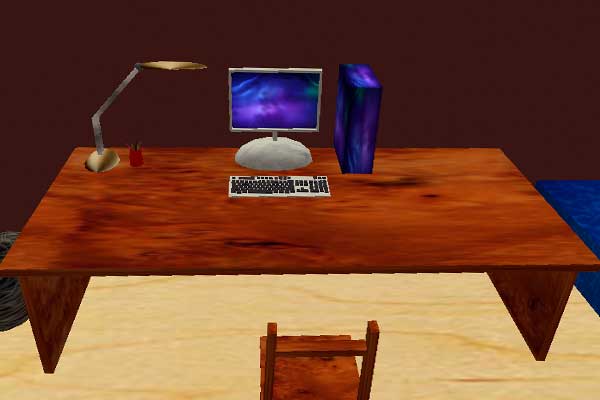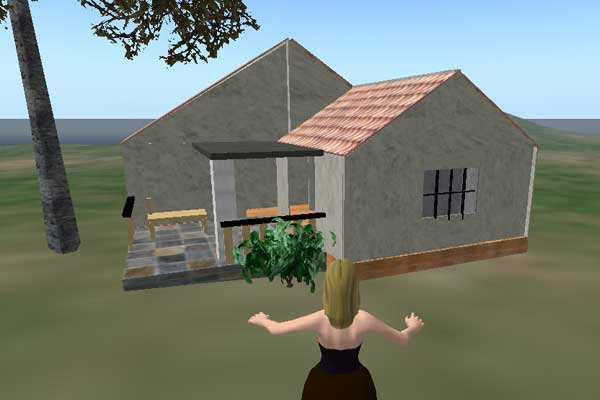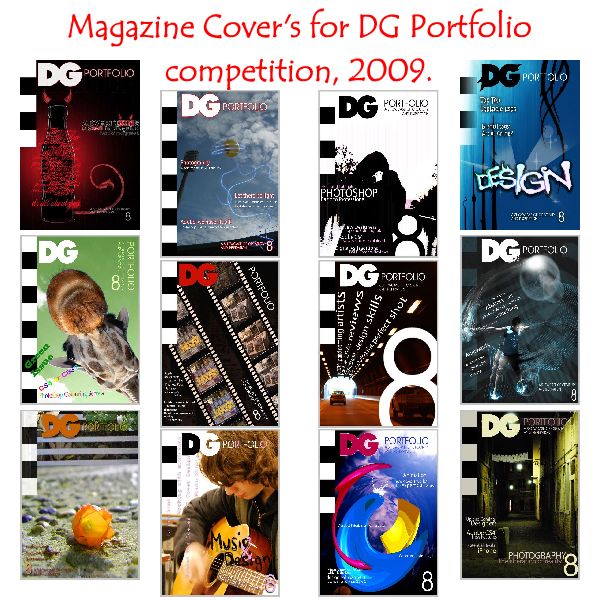It has been some time since I have written much about my thoughts on pedagogical practices so here is a posting of that flavour.
For me the last little while has been frantic with some of the aspects of education that all enthusiastic educators love, the concepts of registration, registers, programmes and programming, subject selections, school-based initiatives and the list goes on. This year (as with many previous) just seems to be flying by and getting busier and busier. Yet amongst the chaos I have somehow managed to feel in control and that the lessons and content I have been teaching has been of worth for my students. I have constantly monitored the behaviour of my students to ensure that they are engaged with the work, but most importantly that they are enjoying it and linking the value of the content with the outcomes that they produce. This has all been able to happen because of a decision I made many years ago. That decision was to include as many ‘real projects‘ as possible in all areas of my teaching for all of the year groups that I teach.

Real Projects, what does that mean? To read that term could be quite ambiguous. Any assessment or project given to or set for students could be argued to be ‘real’. In a sense, yes, they are real projects as the students are expected to do them, hence they exist, hence, they are real. My definition though adds another dimension to the term ‘Real’. For me a Real Project is one that not only requires my students to practice, research, develop and build on the skills I have hopefully taught them. It is also a project where the end product or outcome produced is for a finite reason. This may include being for a real client, a real competition, being able to be given as a real service and most importantly the outcome produced can be publically viewed, used or experienced.
Why is this important to me? There are a few reasons of which I will mention only two. These are the added value of the reason for the project and secondly, the risk of the digital ether. To explain this with a bit of context, I am a teacher of those subjects most digitally oriented, those commonly referred to as based within the realm of Computer Studies. For a long time I heard of (and experienced) educators providing exposure to opportunities to develop fantastic and evolving skills in this area. One issue I often had is that for all of the time and effort applied to the creation of an example of these new skills, the outcome was only for the generation of a numeric value and was made for a hypothetical reason. I believe that in this situation the students find it harder to engage with the task or value its outcome. I especially can be one of these.
The second issue relates directly to my original tertiary training. I completed university as a dual trained teacher, my core subject area was Visual Arts and my other was Computer Studies. An odd combination you may think but for me it was a perfect match. I was lucky enough to be near the early stages of digital art and was therefore able to combine the skills and knowledge I was developing into my art, especially photographic and media-based works. What does this have to do with Digital Ether? The answer is everything. I am someone who wants to show what I have done to others. I am also someone who wants what I have taught or inspired others to do to be seen. This desire is something that risks not occurring when working with the development of computer-based skills. It is too easy to teach and inspire skills and knowledge and for that knowledge to not be realised because it was born digital, developed digitally and submitted the same, digitally. This risks fewer points in its creation where it was able to poke its little head up and say “I am the work that this student has done so check me out”. This is the risk of the digital ether, to just be done and disappear.

Sorry for the longwinded essay that is about a simple concept. I have worked for long time to develop teaching programmes and units of work that include Real Projects for authentic reasons that can be seen and showcased publically. These projects are valued for their authenticity by the students working on them, promote greater effort and application to the extension of skills and knowledge within the students and often enable a student to adapt their personal interests easily into their learning experience. I have not as yet, nor will I ever I think, complete the search for identifying where the projects can go, but I have come a long way. I have got to a point where all of the classes I teach from Years 9 to 12 now have at least one project that is produced for either an external factor from the class/subject, an external entity or client or developed in consultation with people from outside the school environment.
It has been a rewarding and enriching experience so far and I am looking forward to its continuation into the future.









